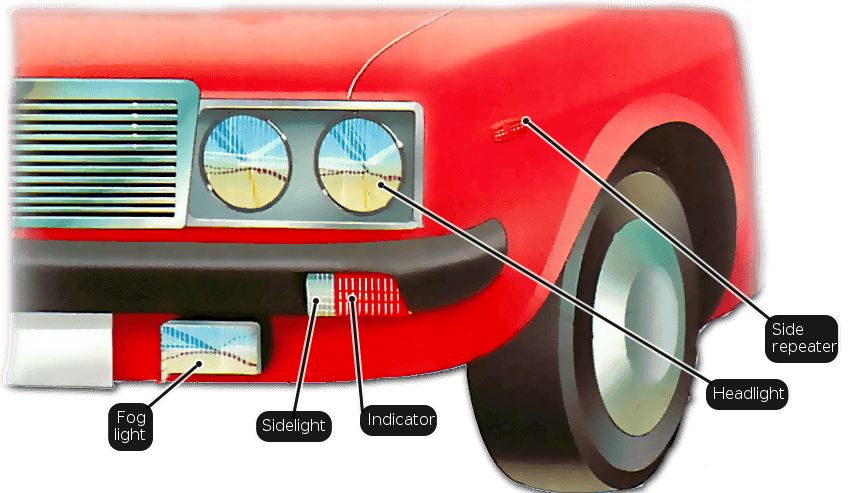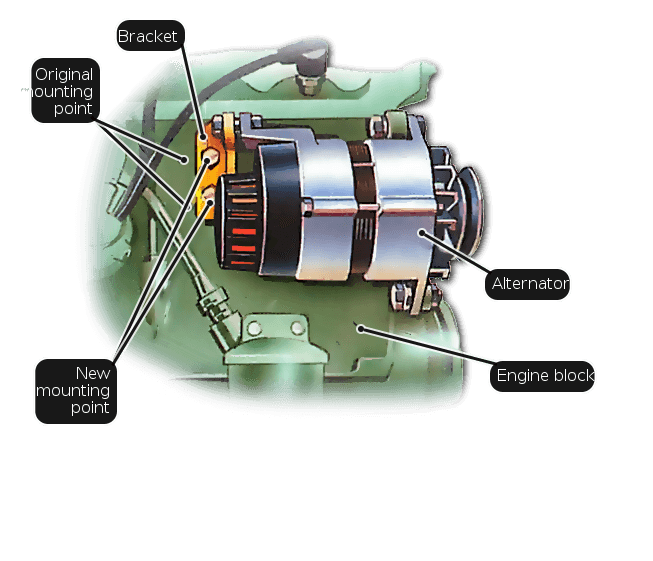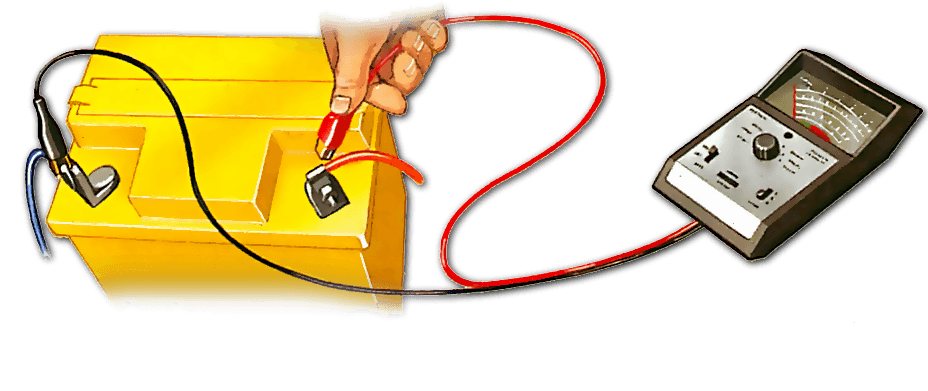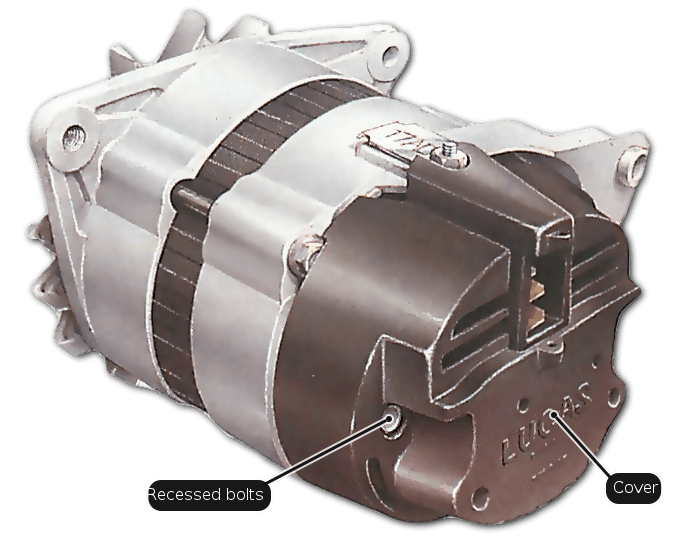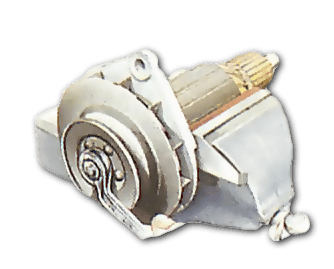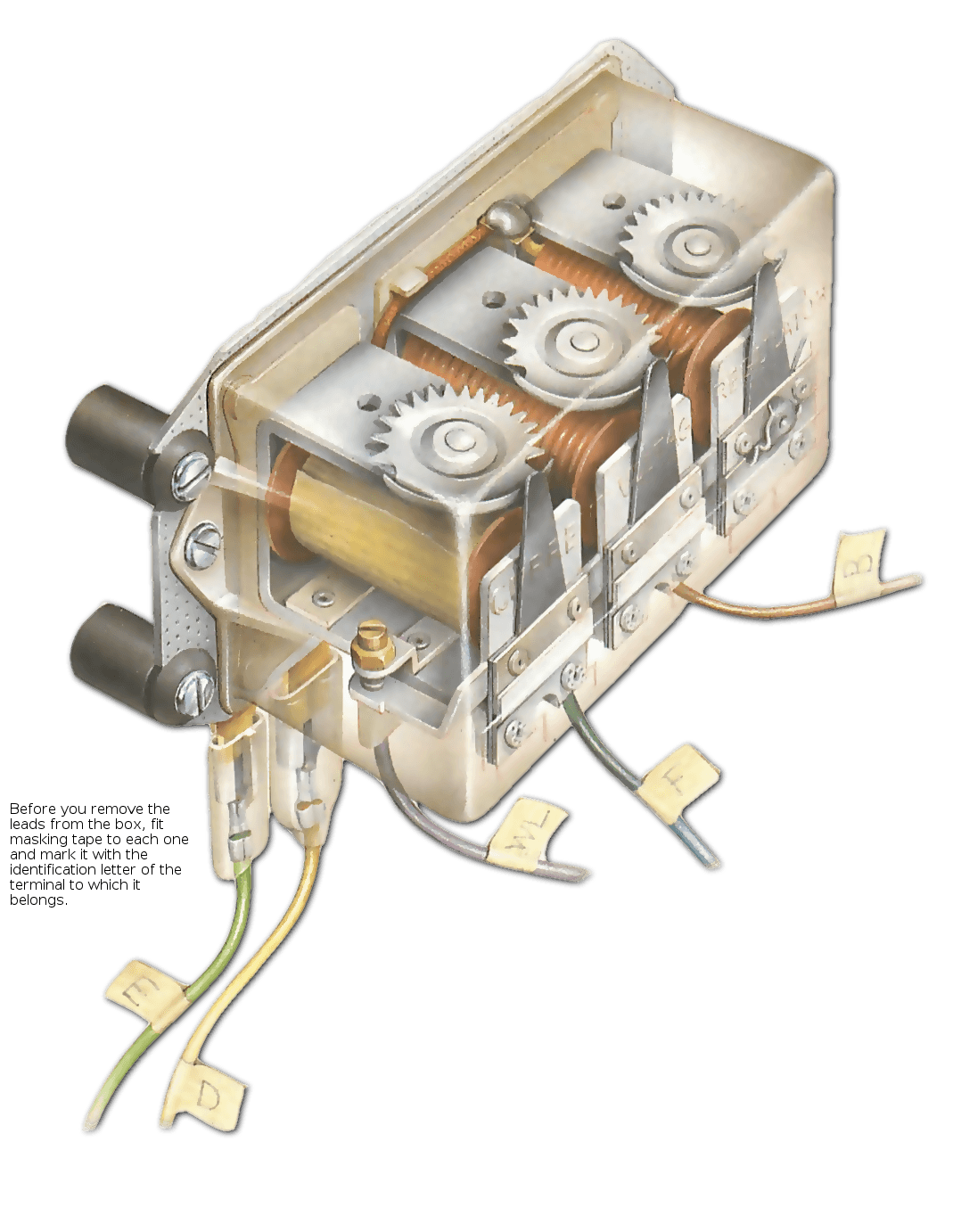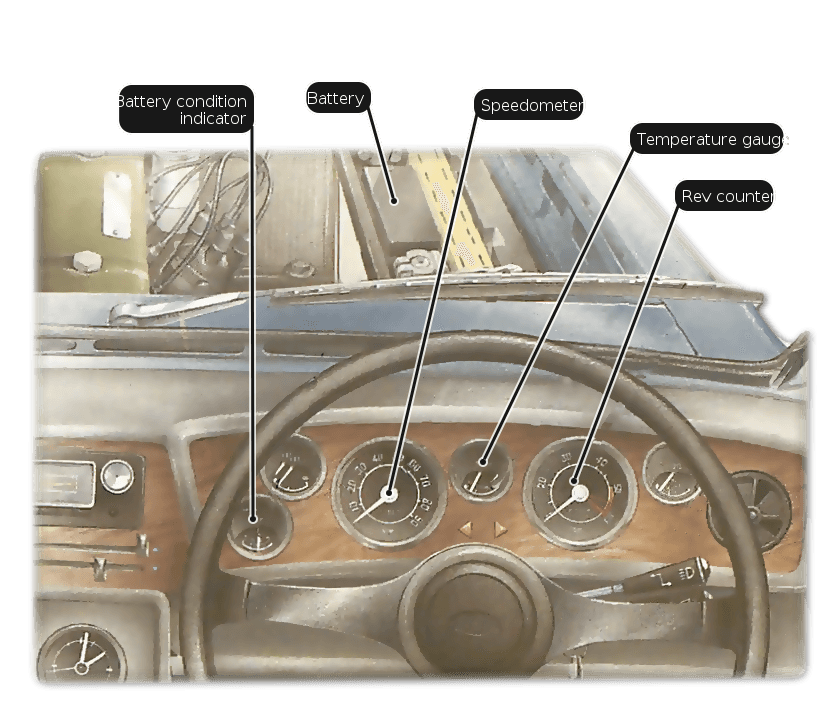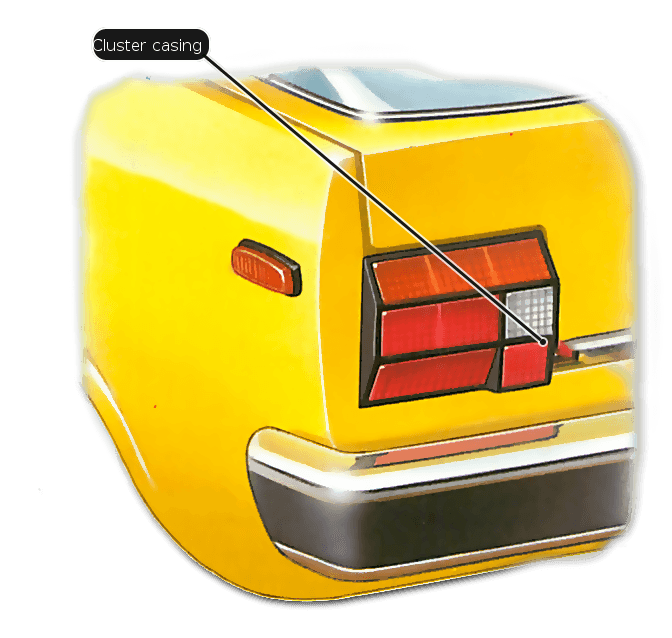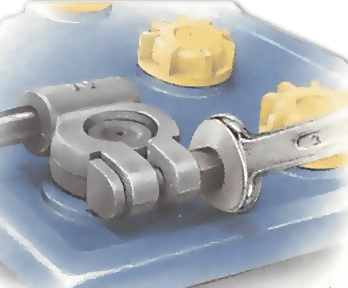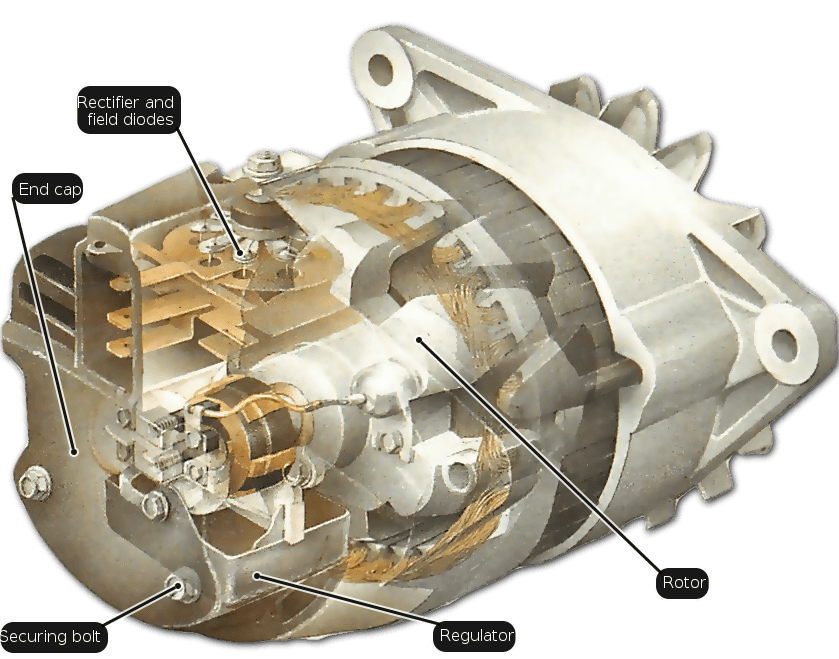Fixing a simple light cluster
A simple light unit is one mounted individually on the bodywork. Depending on the model of car it can include indicators, side repeaters, sidelights, front and rear fog lights, reversing lights and even the main headlights and rear lights. It is essential to keep your car lights in good working order all the time. Apart from being dangerous, a defective light may also be illegal. If you do find a defective light unit, and you know the bulb is not at fault, the problem may lie in the light unit…
Read More